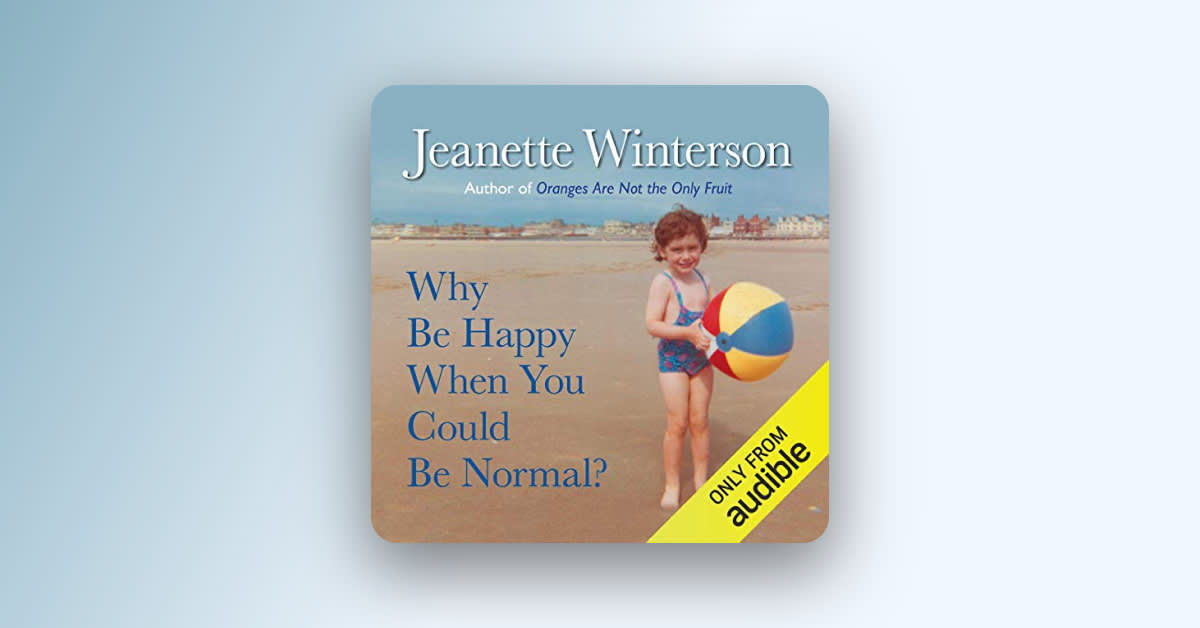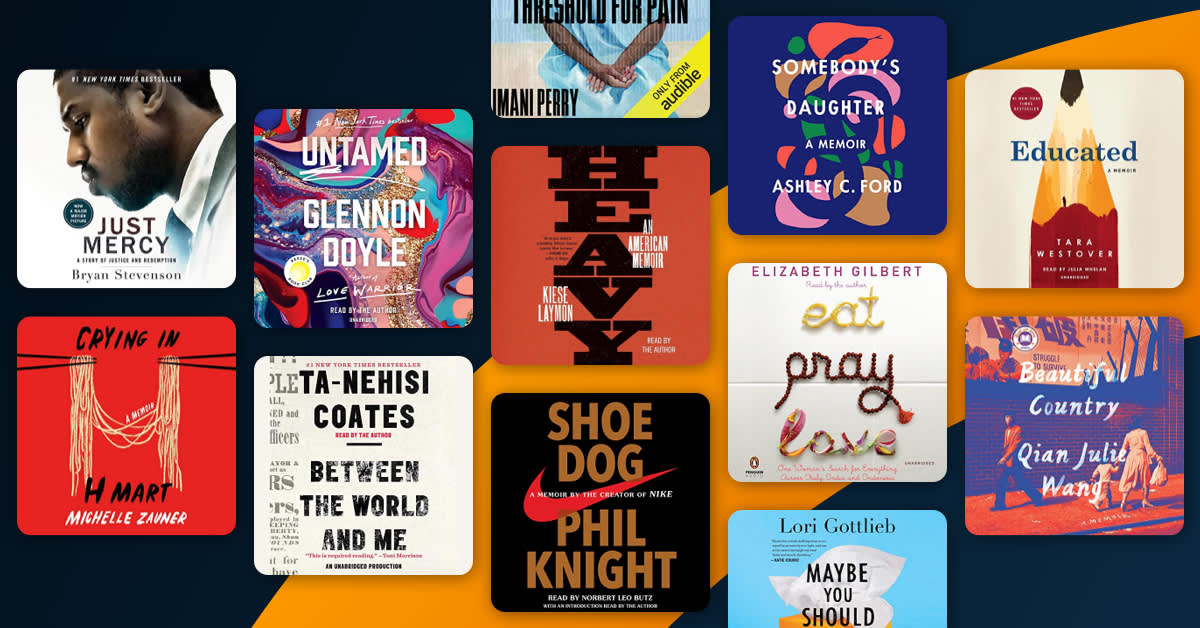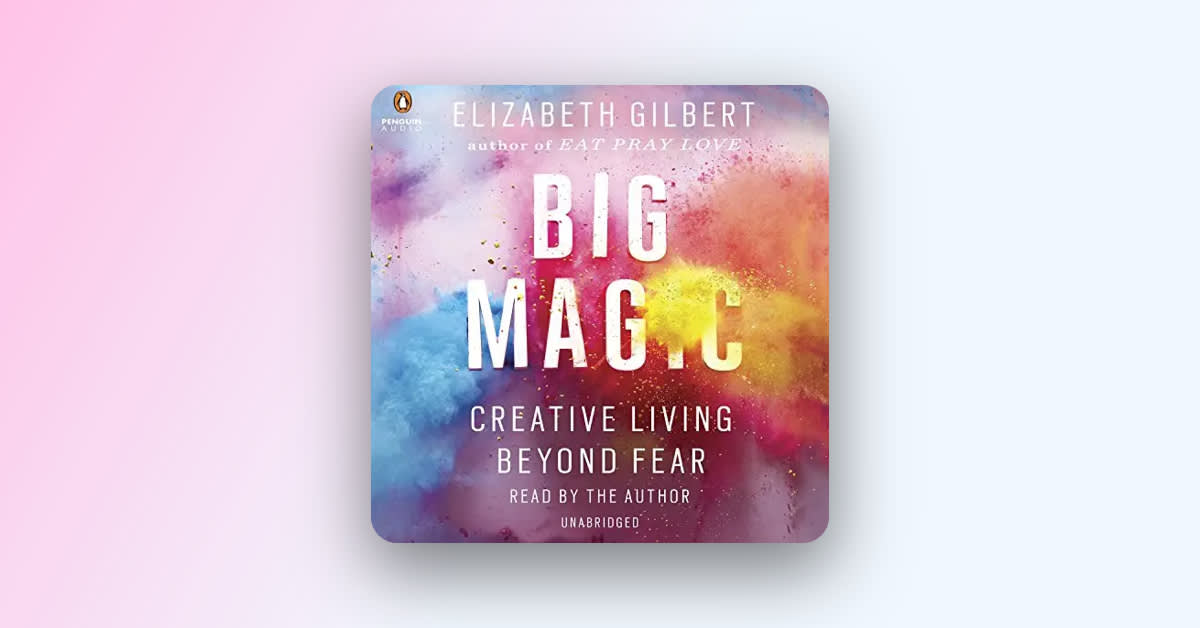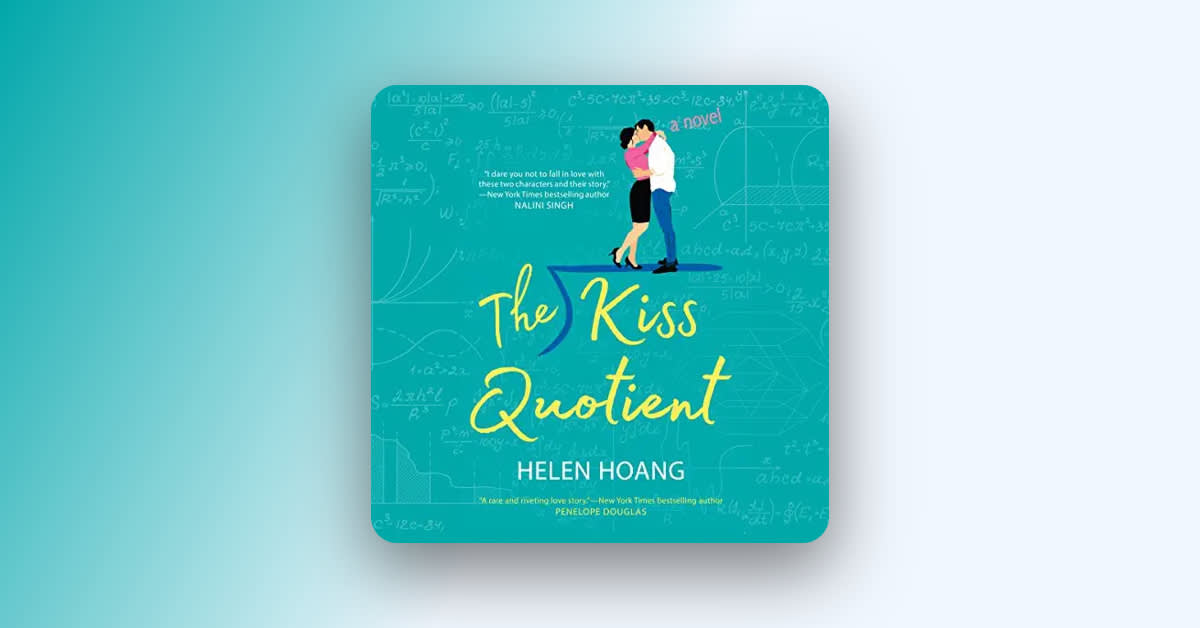Why it’s essential
Honest and raw, this memoir by iconic queer author is a searing portrait of one woman's courage to see herself as she truly is.
Featured in .
What is Why Be Happy When You Could Be Normal? about?
is award-winning author Jeanette Winterson’s bestselling memoir. Armed with the wisdom that only years of earnest reflection brings, this work explores the many layers of fighting for an authentic life—regardless of circumstance.
Editor's review
Editor Madeline loves memoir, literary fiction that tackles the existential, and all the sapphic stories she can get her hands on.
Allow me to begin this review with a disclaimer: I am a massive fan of the legendary British author who penned this book, the truly iconic Jeanette Winterson. Reading and listening are a huge part of my life, and because of this, I have gotten to know many wickedly talented authors over the years. But like a first love, none of the new ones ever quite measure up.
I remember falling in love with Winterson the way a non-bibliophile might recall falling in love with another human being. The experience was visceral, bodily, and has forever implanted itself in my memory. I was 24 years old, and my Oma, who had raised me, had just died of lymphoma. I was beside myself in a way I had never known, and it was as though reading Winterson’s Written on the Body—a love story in which the main character’s lover suffers from a cancer similar to that which affected my Oma—forced out every emotion I had left. I stayed in bed for days, crying, relentlessly grieving, and, ultimately, finding solace in this profoundly timeless story of love and loss.
In the five years that have passed since that pivotal point, I endeavored to consume as much of Winterson’s work as I could get my hands on, and , , and proved just as riveting as my first foray into her prose. I worked my way through her repertoire the way a person might approach higher education— proudly and with purpose. And as Winterson is such a prolific writer, I was never at a loss for material. What I had first heard about is that it told a very similar story to albeit without the fictional bits. Having read, I thought I knew the story already and opted instead for more of her passion-fueled fiction, leaving as the last addition to my proverbial (and literal) Winterson shelf.When I finally picked up I didn’t put it down until I had finished it a week later. It gave me that urgent feeling I sometimes get while reading, that everything else I do is just a distraction from the ultimate goal of Getting Back to The Book. I was pleasantly surprised to find that aside from the crucial, unchangeable facts of the story—that Winterson grew up in an ultra-religious household in a working-class town outside of Manchester— and are distinct and not to be compared. While is a fictionalized coming-of-age novel, is a searingly honest portrait of a middle-aged woman reflecting on a hard-won life.When I learned that Winterson had narrated the book herself, I couldn’t wait to re-read in the form of listening, and what an experience it was. Hearing Winterson recount her own life story, infusing details with all of the emotion she had experienced, brought a whole new level of intimacy to the memoir.Sometimes fiction has a gruesome habit of amplifying real pain. In this case, it is the nonfiction account of Winterson’s childhood in that proves harder to swallow. But with the 40-some years in between the publishing of and on her side, Winterson’s wisdom shines with moments of true insight on the topics of madness, the will and choice to live, love, loss, class, and heartbreak. Not only a memoir, her tale is a history lesson and a meditation on the human spirit. And, as always, Winterson’s way of living, the romance she brings to the everyday, and the deep meaning she can make of a crack in the sidewalk serve forever as a north star for those who choose to listen.







